Our Mission
Through diligent research, preservation efforts, and educational initiatives, we aim to share the storied past and influential innovations of this iconic brand with enthusiasts and scholars alike. Our mission is to ensure that the heritage of Smith & Wesson continues to inspire and inform generations to come.
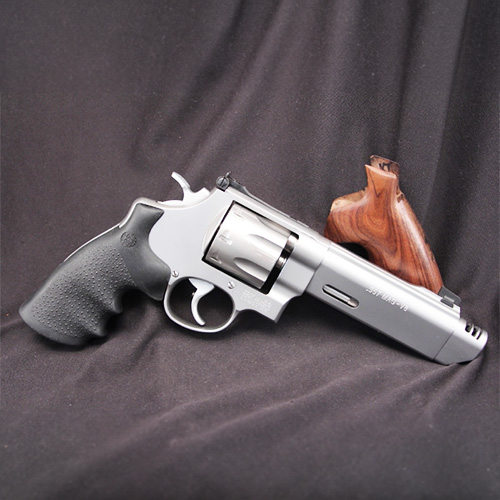
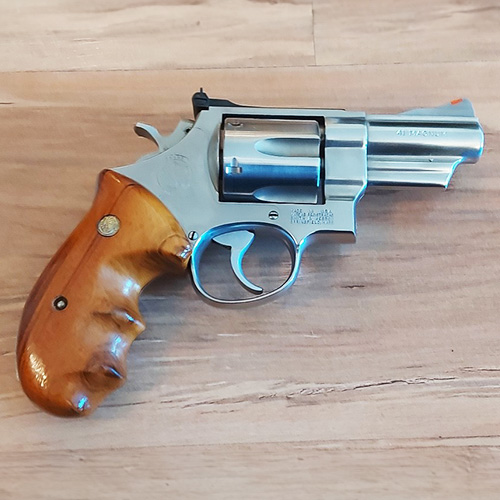
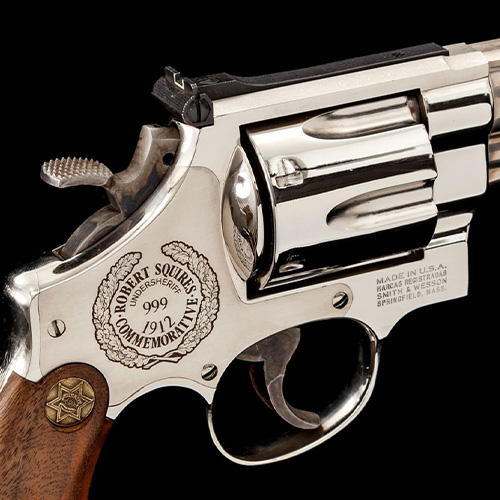
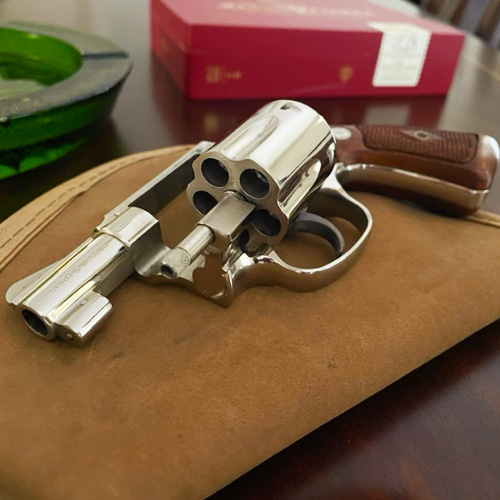
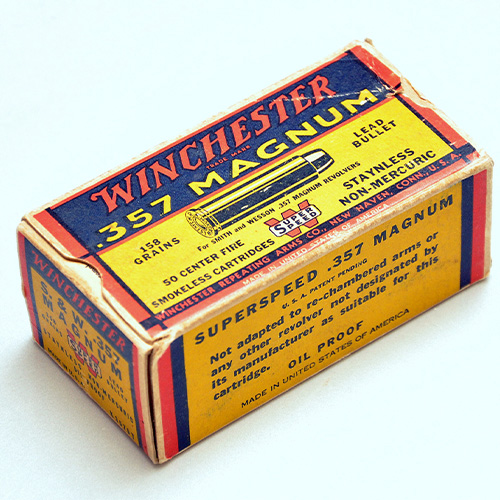
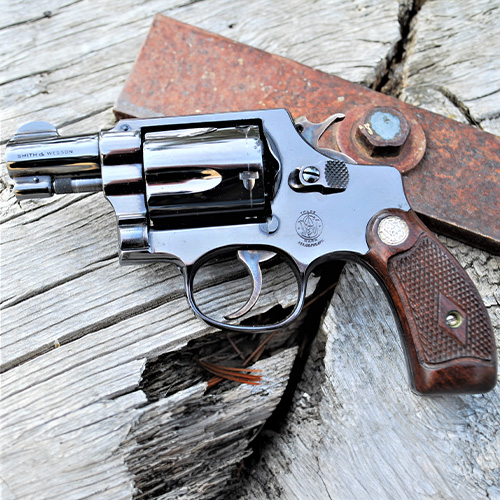
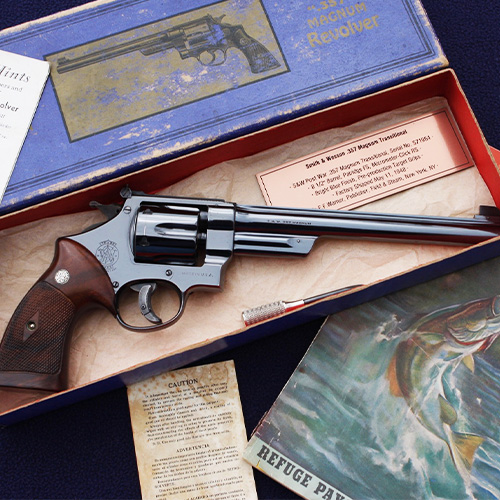
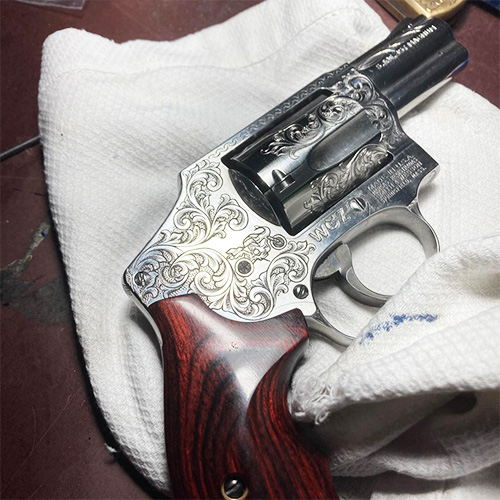
Letters
The Smith & Wesson Historical Foundation issues two types of letters. The Letter of Authenticity provides basic information and authentication of your specific gun, and our Historical Deep Dive letter gives you unique research and insight into your particular handgun’s fascinating past.
Membership
The Smith & Wesson Historical Foundation exists to benefit all collectors of Smith & Wesson handguns. One of the best ways to further support our work is a lifetime membership. Members are also eligible for discounts on Letters and other supporting documents.
Frequently Asked Questions
What gun do I have?
Where is my gun's serial number? What are the other numbers stamped on it?
If I give you the serial number of my gun, can you tell me what model it is?
Is there a website I can use to search my gun's serial number?
There is not. Given the breath and complexity of Smith & Wesson’s product line, it’s likely that lookups will have to be done manually for the foreseeable future.
A great source of information about Smith & Wesson firearms is the Smith & Wesson Forum, where many of the world’s experts gather to discuss all things Smith & Wesson. You may consider setting up an account there and posting some photos of your firearm in the appropriate forum.
Can you tell me about the history of my gun?
The Smith & Wesson Historical Foundation has two products that we offer for people interested in learning more about their firearm. We encourage you to visit the Letter Process page to learn more about these letters.
In most cases, Smith & Wesson will only have documentation for where the gun was shipped to from the factory—which is normally a wholesaler or distributor. Guns are sometimes returned to the factory for service, and there’s a possibility that we may have access to this documentation.
Why do factory letters cost so much?
It would be great if Smith & Wesson’s records were kept in one neat and consistent manner that would make it easy to do this sort of research, but that’s not the case.
The process of gathering information for a factory letter often involves traversing multitudes of different types of records that were kept within the organization, and it sometimes involves reconciling conflicting information, or information that is difficult to decipher.
It took our factory historians many years of study to develop a methodology for this research, and we believe that the fees being charged for the factory letters accurately reflect the time, the energy, and the experience that goes into this work.
Why does it take so long to get my factory letter?
We regret the delays involved in getting a factory letter. The reason is simple: there’s a tremendous demand for these letters, but there are very few people capable of doing the research necessary to compose the letter. We are working hard to improve this, but we do ask for (and appreciate) your patience.
Do you sell parts for my firearm?
No. For parts and service, you should contact Smith & Wesson’s Customer Service. Another great source of parts for older and obsolete firearms is Numrich Gun Parts.
Is it safe to shoot my old firearm?
The question of whether your firearm is safe to shoot is a complex one, and one that we won’t be able to answer for your specific firearm.
Before shooting any firearm, it’s best to have a qualified gunsmith examine the gun to make a determination about its condition and ability to safely withstand ballistic pressures.
Ammunition and gunpowders have also evolved over the years, and it’s best to talk to a qualified gunsmith about the availability of the correct ammunition for your firearm. Guns that were chambered for the old black powder cartridges of the 19th century may not be able to handle cartridges that use modern smokeless powders.
What years does the SWHF have records of?
The S&WHF can produce a factory letter for any Smith & Wesson firearm.
Our digitized records from 1920 through 1946 contain correspondence, invoices, and miscellaneous documents; digitized records from 1947-1967 contain only invoices (including a few repair and refinish invoices), but no correspondence.